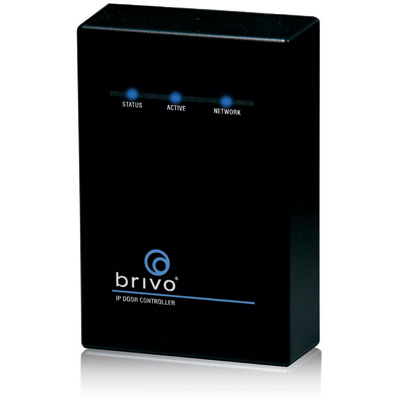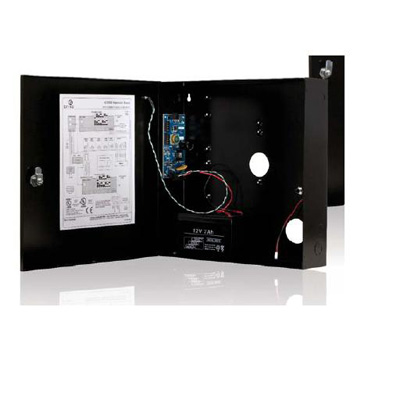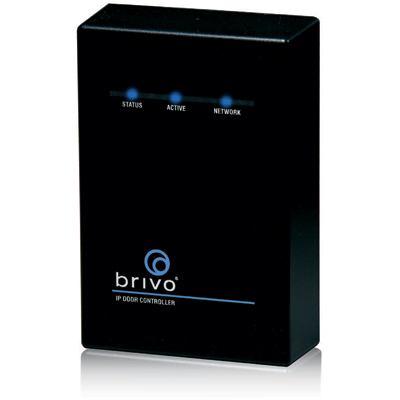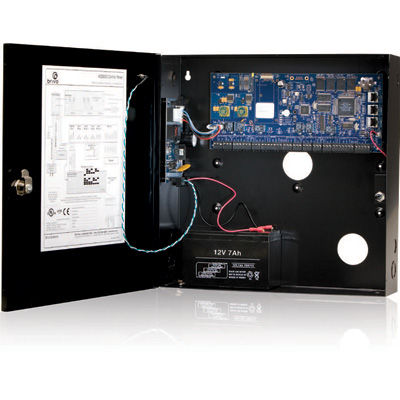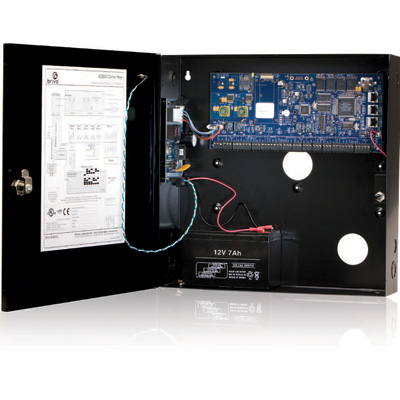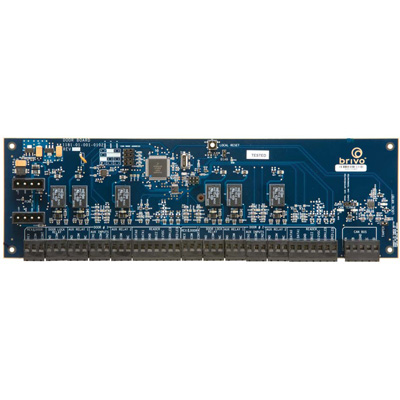As we head into a new year, it’s fair to say that it isn’t easy out there for the security integrator community. That’s understandable given the big ruptures felt in the market for physical security in 2023.
Typically, Commercial Real Estate (CRE) landlords are the biggest and most influential buyers of physical security hardware and software, but this is starting to wane as heightened borrowing costs and biting inflation cause real estate valuations to plunge.
Building security upgrades
A lot of CRE landlords are in a fight for survival which unfortunately doesn't leave much room for budget spend on building security upgrades.
This state of affairs is a problem for security integrators with extensive connections in the CRE space. Where do they pivot their services to keep their business growing in 2024? From the conversations I’ve been having with integrators and customers alike over the past few months – the answer is that the growth potential lies in the enterprise space.
The trajectory of enterprise IT and physical security
Aren’t enterprises carrying out cost-cutting efficiency drives and downsizing office space to reflect hybrid working
It might initially feel unnatural to see the enterprise segment as a potential driver of demand for physical security services and products.
Aren’t enterprises carrying out cost-cutting efficiency drives and downsizing office space to reflect hybrid working habits? These things are true but also present an opportunity for the right physical security proposition.
Standardisation of enterprise IT
Take efficiency drives as an example. A key element of such efforts is an acceleration towards the standardisation of enterprise IT platforms, hardware, and solutions, using the cloud.
What was once a focus on moving on-prem systems and workloads to the cloud has shifted to efforts to keep cloud OpEx costs down by centralising as much as possible. Practically, this means utilising APIs to plug disparate IT applications and services into central platforms that boast a “single pane of glass” view.
APIs
APIs drive consumption, open new business models, and foster cross-industry partnerships
APIs aren’t anything new to enterprises. They drive consumption, open new business models, and foster cross-industry partnerships. However, the use of APIs in the physical security sphere has been surprisingly slow to take off.
There are multiple elements to this but a key reason is that some security software products on the market aren’t cloud-based.
Adding cloud-based solutions to network
Others are cloud-based, however, and these are the solutions that security integrators need in their portfolio to serve the influential enterprise market segment and its approach to IT networks.
Selling the value of these solutions requires integrators to take it a step further by speaking the language of the enterprise IT buyer and understanding their goals.
The power of cloud-based access control in the enterprise
Hybrid working and the occupancy rate fluctuations it brings require closer monitoring of access events
The continued relevance of physical security for enterprises can’t be understated. After all, hybrid working and the occupancy rate fluctuations it brings require closer monitoring of access events – not less.
Despite the discourse around office downsizing, the reality for most enterprises is that the office can’t be done away with completely and there’s always going to be growth experienced by successful companies that require an upgrade in physical square footage.
Physical security
Access control systems that are cloud-based will be preferred by the enterprise to fulfill the essential function of physical security. That’s because they align with the push towards centralisation in the cloud that enterprises are carrying out business-wide.
Access control has the potential to result in lots of disparate dashboards and apps. Think video management, license plate recognition, building management software, elevator monitoring, hot desking solutions, guest booking software, room booking functions, and more. Uniting all of these functions in one platform suits enterprise security teams well.
Access control solutions
Linking employee databases to an IAM solution, or creating seamless experiences by tying access credentials
But this only scratches the surface. Access control solutions that can be integrated with hugely popular corporate software applications like Okta, Azure Active Directory, and Google Workspace quickly catch the eyes of enterprise IT security teams by pulling in the same direction as the broader tech stack.
Whether it’s applying AI analytics to anomaly detection, linking employee databases to an Identity Access Management (IAM) solution, or creating seamless experiences by tying access credentials to things like meeting room bookings, it’s through APIs that cloud-based access control can thrive in an enterprise setting.
Security integrators
It’s worth also noting that as enterprises grow, access control gets harder. Managing the access requirements of thousands of employees across a global real estate footprint requires the scale that cloud computing is best placed to bring.
Security integrators who can join the dots to make that link are well positioned to pivot toward the enterprise.
Broadening horizons
Concepts like smart access and applying AI to access data to automate the monitoring of occupancy rates
This pivot is understandably a daunting prospect but the potential for natural synergy shouldn’t be overlooked. Concepts like smart access and applying AI to access data to automate the monitoring of occupancy rates and security anomalies won’t be completely alien to cloud-first enterprises.
That’s an opportunity for integrators to upsell more sophisticated security set-ups in a way that they may have found more difficult with CRE clients and prospects.
Tailored propositions
It would be remiss to avoid mentioning that ‘enterprise’ is a very loose term that encompasses businesses across multiple industry verticals.
To better pivot, security integrators need to offer tailored propositions specific to set verticals that cover all bases as opposed to offer, for example, piecemeal alarm or video product solutions.
Enterprise industry verticals
Security integrators should be weary of all-encompassing narratives in 2024. Whether or not the global economic picture darkens, there are always going to be pockets of growth within certain enterprise industry verticals.
Plus, anecdotally, the indicators point to enterprises being the driver of demand for cloud-based access control as we head into the new year. Integrators who can dial into that shift have a lot to gain and nothing to lose.





